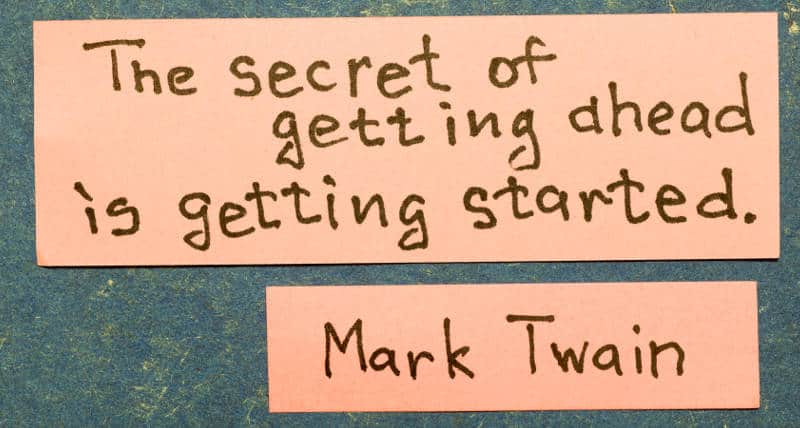This post is for getting started with one of my fab games books. Hello teachers and thank you for choosing my fun teaching method.
I hope you’ve started using your games book, but if not, here is some encouragement.
1. It’s a manual, not a novel.
Firstly, please don’t try and read the whole book. You might end up feeling overwhelmed by all the options and do nothing.
Have you ever browsed through a cookery book and then not made a single recipe? I know I have!
2. Start by reading the introduction
To start, scan the introduction to glean any tips relevant to you. In addition, it’s most helpful to read the classroom management tips with children.
3. Just pick a game and try it!
Next, decide what vocabulary or phrases to teach in your next lesson. Then pick a game, any game, and try it.
The sooner you get started, the easier it will become.
4. Use the steps
The games are divided into listening, speaking, and reading and writing steps. However, the preschool games book doesn’t have any reading and writing games.
You start by presenting new language using any listening game. Use one or two of those, depending on how fast your class learns.
Then try step two and so on!
5. Other quick-start methods
Look for the section that concerns your latest book purchase:
Preschool
The preschool games book is even easier to use if you have the stories. Then you can use the lesson plans that come with those, all made of games from the preschool games book.
Primary
With the primary school games book “176 games” you get 16 elementary lesson plans made of games to get you started, so try those. And those lesson plans are adaptable to teach anything.
One to one
If you have “Teach Your Child English,” start by watching the three demo lessons and copy those. Then when you watch them, read the comments in the book simultaneously. You’ll glean extra tips that way.
Teen/Adult
If you can’t get started, try teaching six new words. For example, start with Hand Sign Stories. With your students, make up a gesture for each new word. Next, you say the word and students listen and make the gesture. Speed up as they get better at it. Time: 5 mins roughly, but more if students are engrossed and enjoying it. The more games you use, the easier it gets.
Next, try Blow Your House Down. Continue using the six new words and add revision words too. You need lots of pictures of the vocabulary. However, if you don’t have any flashcards, you can point to a picture in your textbook and students name that. Or you can sketch pictures yourself and have students each sketch one too. Then make those your vocabulary flashcards. Please note that you do not want the word written on the image – that’s too easy – that’s a reading task. Instead, you only want the picture so students have to recall the word from their memories. Then try Ten Sentences with Watermelon using your six new words.
Once you have used those games to teach vocabulary words, next time you’ll be able to use them for any grammar you like, simply by playing with full sentences that include your target grammar.
And ask me any questions in the comments below since I always reply and am here to help!
All the best
Kind regards
Shelley Ann Vernon
Teaching English Games

2 thoughts on “Getting started with my games books”
I was so lucky that I brought a book and give more ideas and motivation ! I just hope ii could deliver my instruction clearly and i may bring joy at the same time learned from me
Dear Maria,
Thanks for your message – if you have questions any time – please just ask me. I’m here to help.
Kind regards
Shelley Ann Vernon
Teaching English Games